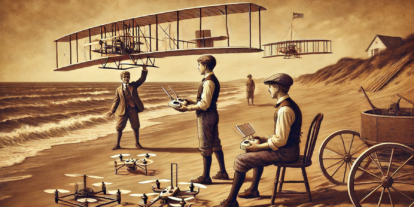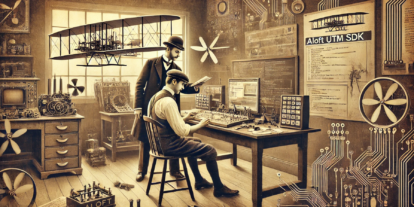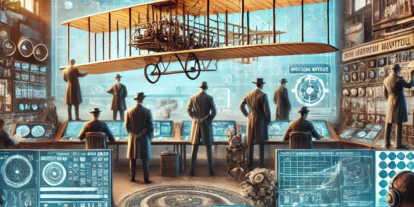I saw something interesting come through my email box today. A company out of the UK, Coptrz, is now offering the option to affordably lease advanced drone hardware. At first blush, this might just seem like a way to offset the cost of acquiring expensive hardware but it’s part of a much larger and more important change in the market. This is a wonderful leading indicator that drones are growing up, and as a big part of that, are starting to move away from the childish idea of “hardware commitment.”
If you work with technology for a living, you probably don’t give much thought to your phone or computer, other than the tacit acceptance that it’s a tool living out it’s fleeting existence under your rein. There will be another one next year. And more often than not, the most compelling reason to upgrade isn’t some world-changing feature but the well-orchestrated obsolescence of the hardware you currently work with.
When people stop viewing hardware as the sole KPI, it really turns the focus to the importance of high quality software to drive it. Think back to the early days of smartphones. Hardware wise, you could make a list of features and both the iPhone and Android would check all the boxes. What then was the key differentiator? Software. iOS vastly outperformed Android in key areas.
Drones have been waiting for this revolution for a while now. The drone industry is finally feeling the fatigue of new hardware. If you’re a major enterprise that’s just spent seven figures investing in a particular drone for your entire staff, and a new one comes out, there are some questions begging to be asked “Do I really need those 3 extra megapixels? Or 5 more minutes of flight time? Or 5 less decibels?” For all but the most demanding applications and corner cases, the answer is probably no. We’ve reached a level where “commodity” hardware is “good enough.” The graph at the left illustrates a path of breakneck innovation. As you get to the top of the curve, the net benefit from each upgrade becomes less and less from model to model.
So then what is the value of software in a context like this? Abstraction. Good software is going to abstract away the notion of the drone. No longer will it be important to ask, ‘What hardware is on the other end of the screen?’ With good software, the answer is irrelevant. The old adage, “Love the skill, not the tool” is ringing in my mind as I write this. The Kittyhawk team is excited, especially as we’re looking into 2018, to continue abstracting away the experience of hardware from the user and deliver insights into the enterprise as magician pulls a rabbit from a hat — like magic.
Joshua Ziering
Joshua is the Founder and Chief Security Officer of Aloft (formerly Kittyhawk), the market leader in drone airspace systems & UTM technologies. He is also a Part 61 certificated private pilot, a founding member of the FAA's Drone Safety Team, and an FAA Part 107 certificate holder.



